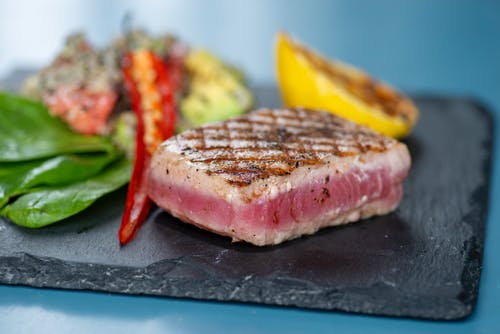If there is something that Andalusia can boast of, in addition to the magical places that its provinces hide, it is its gastronomy. If there is something that the lands of the south have, it is that in them both tradition and avant-garde in the kitchen converge, forming a very varied and special recipe book. I mean, wherever you go, you can find art, culture and soul everywhere. And precisely about that we come to talk to you today, about a product with a lot of history: the Andalusian carnival filling. Let's discover what this food consists of and all its secrets!
Andalusian carnival stuffing and its origin
First of all: what is the Andalusian carnival filling? For connoisseurs or connoisseurs of this dish it will be obvious, but there are many people who have heard about this preparation for the first time. We well know that it is originally from southern Spain, but is it sweet? salty? What does it look like and taste like?
Well, this is a sausage It is made, essentially, based on high pork loin, turkey breast, egg, breadcrumbs, serrano ham, garlic, parsley, turmeric and saffron. In reality, it is a dish that, like so many others, varies in ingredients from one house to another, from this kitchen to that. However, it could be said that these are the products needed to make the Andalusian carnival filling. Then a With all the aforementioned ingredients, it is stuffed into a cow or pork tripe and cooked in boiling water. There are those who make it in a poultry broth, to give it more flavor.

In the past, to prepare this sausage, the way of proceeding was quite different from how it is done today. Massacres were carried out during the last months of the year, November and December. Later, according to Antonio Peláez de Butchers Peláez to Diario Sur, "it was customary to salt some parts of the pig, such as the heart, stomach, legua or papadilla, and then, in February, desalt it and use them as raw material to make the stuffing."
There is an explanation for a doubt that concerns the name of this food. Why is this product known as «Andalusian carnival filling«? The truth is that, as its name indicates, it is a sausage that was made, formerly, during the month of February. Hence, it is associated, still today, with this carnival time. In any case, nowadays it is made throughout the year, being a fixed sausage in many establishments -as we will see later-.
The tradition of stuffing
As we have already said, it is a product with a lot of history and also highly valued. Antonio Peláez told Diario Sur that, although today it is consumed at any time of the year, February is still the month with the highest demand in its Butcher shop.
However, yours is not the only establishment that sells this food; and each one of them does it in a particular way, giving it a unique and personal touch. For example, the Mari butcher shop en Villanueva del Trabuco has its own preferences. Carlos Toledo, the owner, tells Diario Sur that they are trying to «elaborate it in the most craft possible, without non-natural ingredients ”; that is, they use lemon as a preservative. In addition, in this butcher shop they prefer to use, more commonly, chicken instead of turkey.
And like these stores, so many others in the area of the Sierra North of Malaga; many of them concentrated in the municipalities of Archidona, Caves of San Marcos o Villanueva from algae. In fact, in this last town the celebration of the Carnival Stuffing Day. The idea is a sausage tasting and then start the Carnival. An important day that recalls a gastronomic tradition that, for many years that pass, continues to live.
However, not all the elaboration of the Andalusian carnival filling is located in this Malaga region. There are other regions of Andalusia where the Andalusian carnival filling is also prepared; among them, areas of Jaén and Córdoba. One more proof that the Andalusian cookbook, even with all the advances it experiences, has a special place for tradition.







